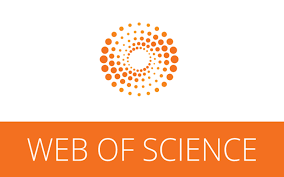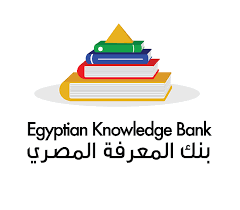Orphanage children of Jabalpur and their Nutritional Adequacy with a Special Reference to Hemoglobin status
Abstract
An orphan is a child with no guardian or caretaker and has lost a mother, father, or both parents. They are usually vulnerable because their safety, growth, and well-being are compromised for various reasons. An orphanage is a child-care facility or place where these deprived or vulnerable children live. Orphanages seek to meet the needs of orphans who are vulnerable, weak, and trying hard to survive. The present study was conducted to determine nutritional adequacy and analyze the impact of lack of certain nutrition on the haemoglobin status of orphanage children in Jabalpur, Madhya Pradesh. All tests were conducted with permission on those children in these orphanages. Statistical Package of Social Sciences software was used to analyze the survey data of this study and conclude the findings. A staggering 51% of orphaned children aged 6-11 in Jabalpur were underweight, while 58% of 12-16-year-olds fell below the normal weight category. Most children's daily nutrient intake fell short of recommended levels, with 57% of younger and 56% of older children consuming inadequate calories. Additionally, 81% of younger and older children had insufficient carbohydrate intake, while all children had inadequate protein and fat intake. Critically low haemoglobin levels were also prevalent, affecting 92% of younger and older children. These deficiencies indicate poor nutrition, potentially leading to anaemia, and underscore the need for proper menu planning in orphanages to support these vulnerable children's optimal development and learning potential.







